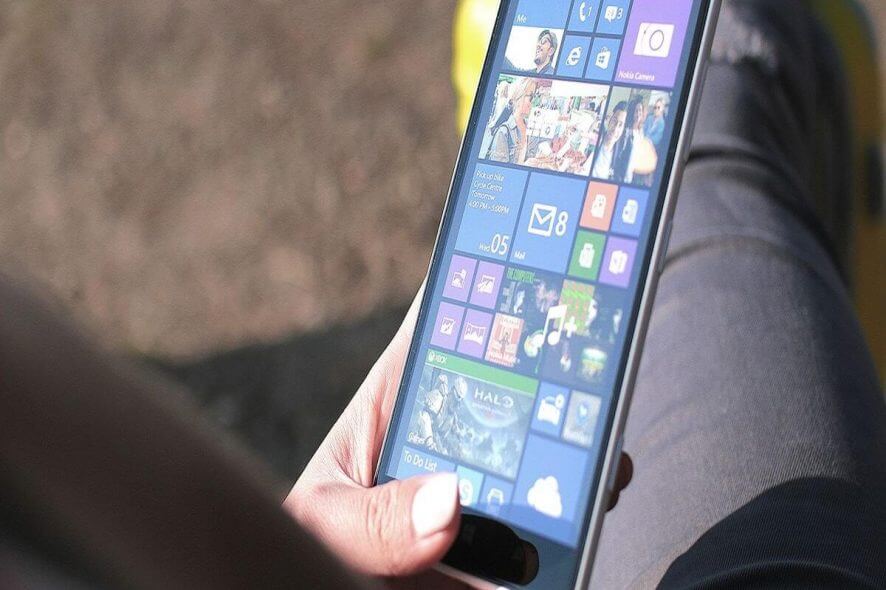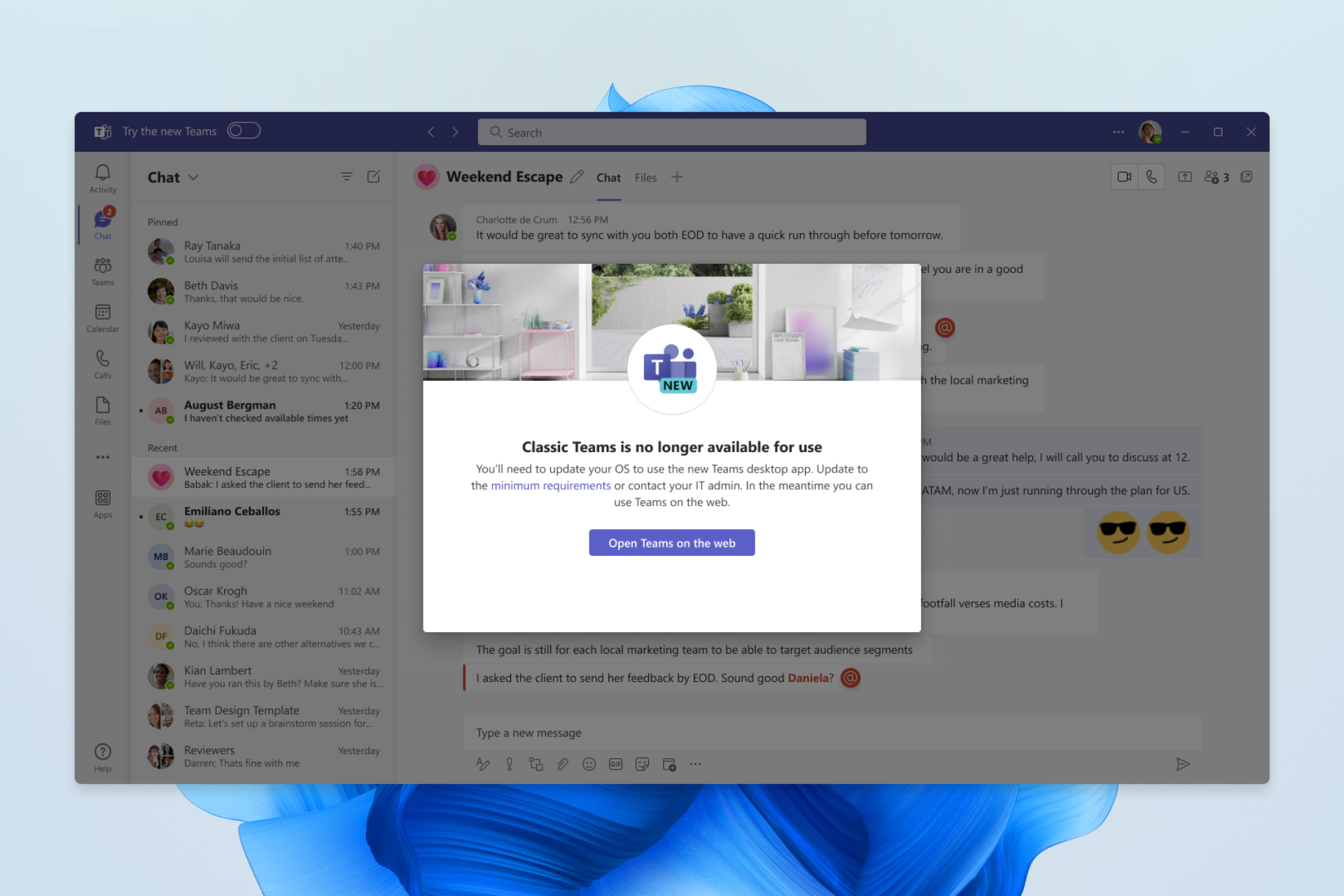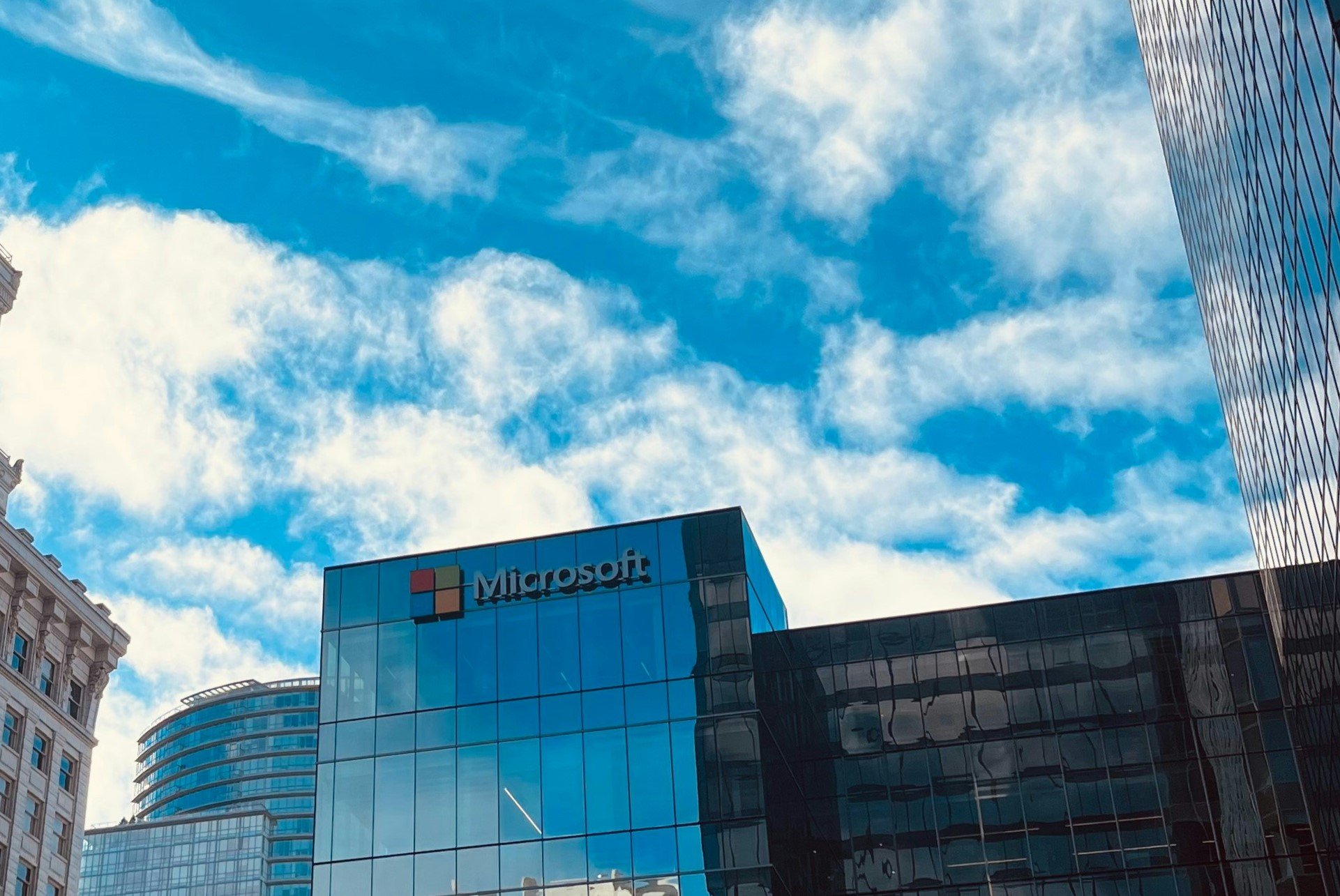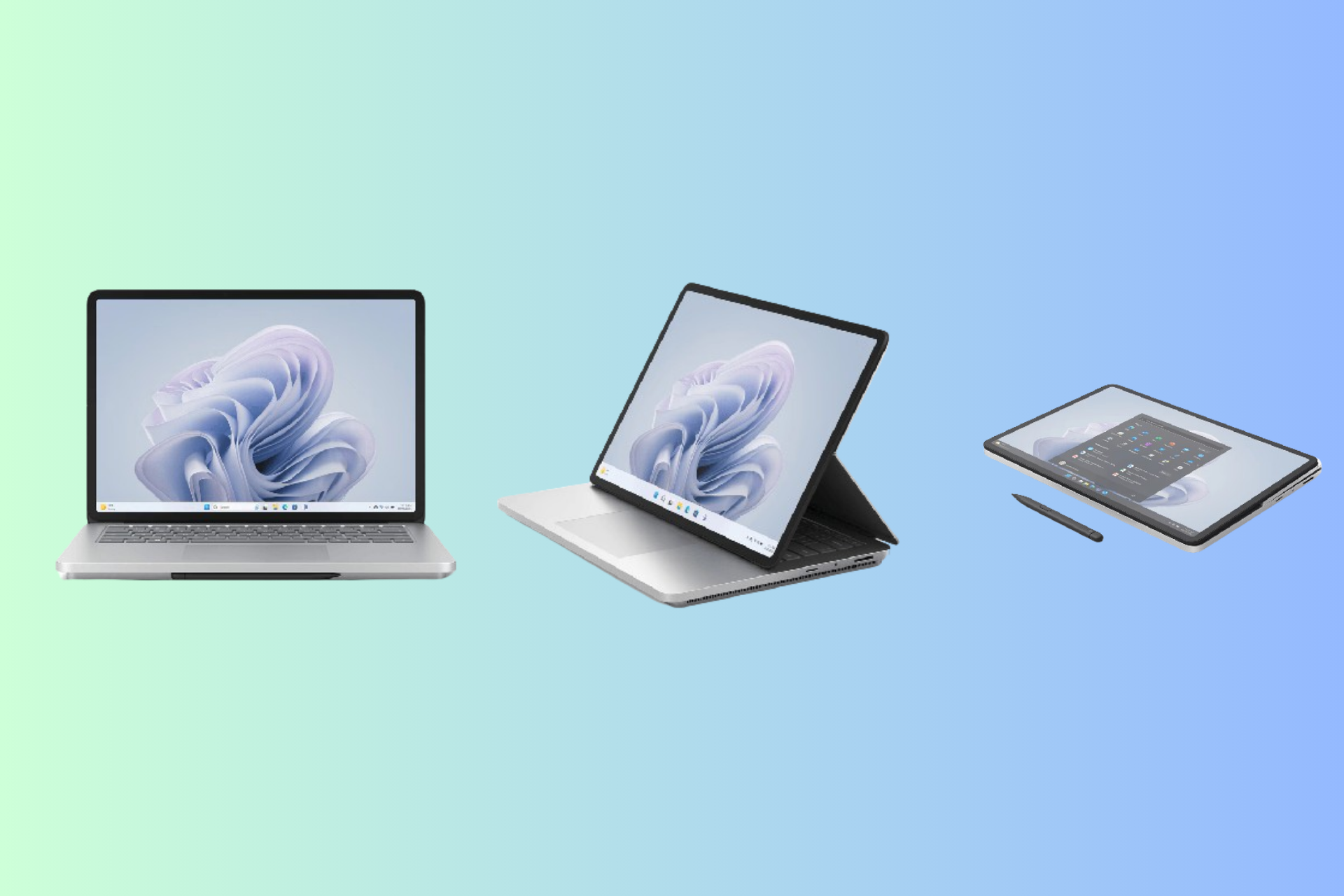Watch Windows 10 ARM running on Lumia 950 XL just for fun
2 min. read
Updated on
Read our disclosure page to find out how can you help Windows Report sustain the editorial team Read more

Windows OS is not yet dead on smartphones! Although Windows 10 Mobile is going to die by the end of 2019, it is interesting to see that Windows Phone enthusiasts are not yet ready to give up on their smartphones just yet. Their obsession is visible from the fact that they have already started looking for alternative ways to use different Windows 10 versions on smartphones.
We’re sure that multiple projects are still in the pipeline and they won’t allow the Windows Phone to die yet. Speaking of which, there’s a new video on YouTube showing Windows 10 ARM runnin on Lumia 950 XL. While this is not the first video of the kind, watching it is quite an interesting experience.
Can Windows 10 ARM Run Perfectly on Lumia 950 XL?
As you can see in the video below, the user was able to open different apps and games quite easily.
Lumia 950 XL has done a pretty good job at running a desktop operating system, despite being an old device. Well, minor glitches were indeed recorded but that was to be expected, wasn’t it?
You need to understand that the end of support is not going to jam your Nokia and Microsoft Lumia devices, rather you should expect them to be more unstable than ever before. It is worth mentioning that the tech giant is itself recommending its users to switch to iOS or Android phones.
Comment down below your plans regarding switching to iOS or Android phones soon after the death of Windows Phone.








